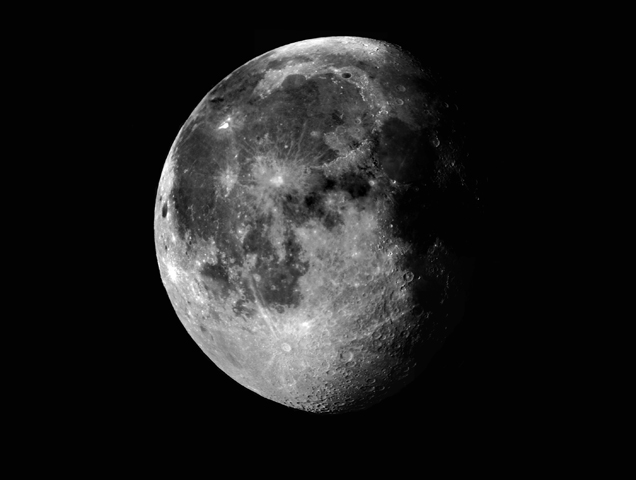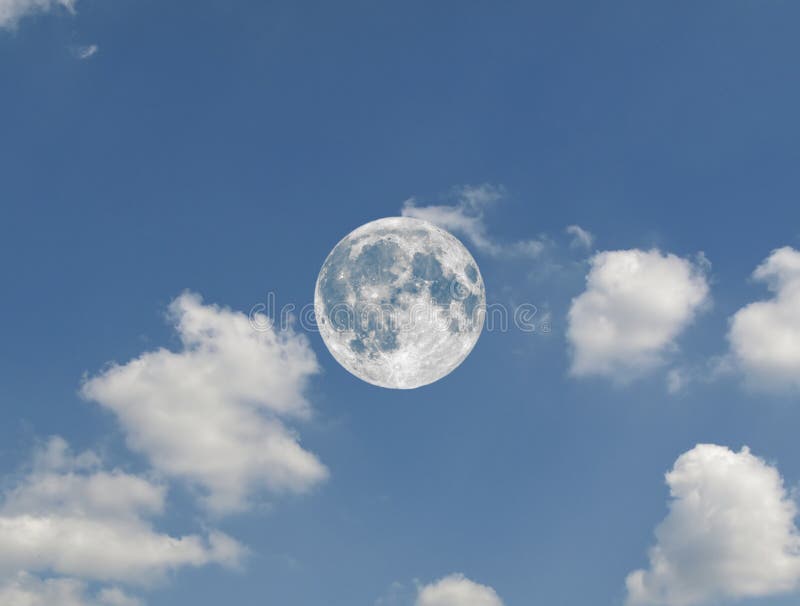

Hold the moon in your left hand so that it is positioned between your eyes and the sun. In a darkened room, allow the light source to represent the sun, the ball to stand for the moon, and your head will become the Earth.

TO DEMONSTRATE THE MOON’S PHASES, a light bulb (preferably clear) and a small ball attached to a stick are all that are necessary. The phase cycle of the moon occurs in approximately 29-1/2 days. The transition from the uneclipsed moon to the eclipsed moon takes about one hour. Only during a lunar eclipse will the moon intersect the Earth’s shadow. MISCONCEPTION-THE PHASES OF THE MOON ARE CAUSED BY THE MOON GOING INTO AND OUT OF THE EARTH’S SHADOW: TRUTH: The phases of the moon result from the revolution of the moon around the Earth, and our observations of the near hemisphere, cycling through a day and night sequence. This astrology is still practiced today by Europeans and Americans along with horary astrology which provides the daily horoscopes found in newspapers and tabloids alike. The Greeks believed that our lives were preordained by the precise configuration of the sun, moon, and planets in the sky at the moment of our birth. Meanwhile, the Egyptians modified Babylonian concepts by developing a more personal version of astrology which was later synthesized into natal astrology by the Greeks after the conquests of Alexander the Great. By the sixth century BC astrology had spread as far east as India where it still flourishes today. They did not seek answers to questions about the physical universe, but attempted to understand the motions of celestial objects in more of a mechanistic fashion.

To meet these needs, Babylonian astronomers were required to keep a continuous record of accurate planetary movements which in themselves were good astronomy. Predictions were applied to world or national events. Astrology began about 3,000 years ago in Babylon with what we today call mundane astrology.
#SKY AND TELESCOPE MOON GLOBE SERIES#
About 140 AD Ptolemy wrote a series of four books called the Tetrabiblios which summarized all of the principles of astrology which are still practiced today. The predictions purported by astrologers have been shown to have no scientific basis in themselves and were the synthesis of Claudius Ptolemy, a Greek astronomer. It is based upon the scientific method, which states that theories must be grounded upon observational facts and endure repeated testing as new observational information is acquired.ĪSTROLOGY is the pseudoscience which entertains how the relationships of the sun, moon, planets, and stars influence the attitudes and lives of humans. MISCONCEPTION-ASTRONOMY AND ASTROLOGY ARE INTERCHANGEABLE: TRUTH: ASTRONOMY is the science which investigates all matter-energy in the universe. Scientific explanations or discussions follow. Instructions: MISCONCEPTIONS are in capital letters followed by a colon. And the farside’s vast South Pole–Aitken Basin, 2,500 km in diameter, randks among the very largest impact sites anywhere in the solar system.Popular Misconceptions: Popular Misconceptions in Astronomy On the lunar farside, for example, you can easily pick out the gigantic depressions like Hertzsprung, Korolev, Orientale, and Mare Moscoviense. This globe’s vivid display of topography makes it easy to pick out dozens of the huge impact basins that scar the Moon’s surface. LOLA determines terrain altitudes by firing pulses of near-infrared light and then measuring the roundtrip travel time of the reflections the accumulated data yield topographic maps. Sky & Telescope worked with the Lunar Reconnaissance Orbiter's Lunar Orbiter Laser Altimeter (LOLA) team to create the base maps, which show details as small as 0.5 kilometer across. The new globe has about 850 labeled features. Impact basins and deep craters show up clearly in blue (the South Pole-Aitken Basin is particularly striking), whereas high peaks and rugged terrain are colored white, red, and orange. Sky & Telescope partnered with NASA to create a topographic Moon globe, color-coded to highlight dramatic variations in lunar elevations.


 0 kommentar(er)
0 kommentar(er)
